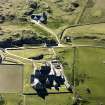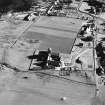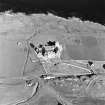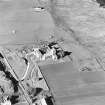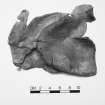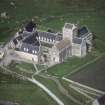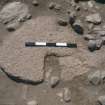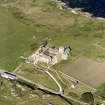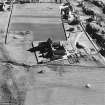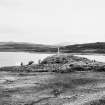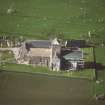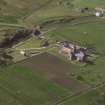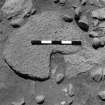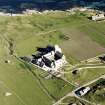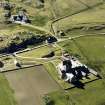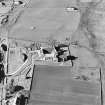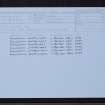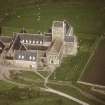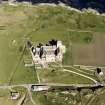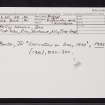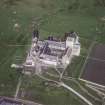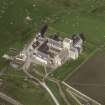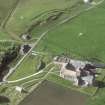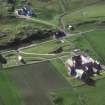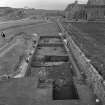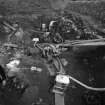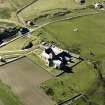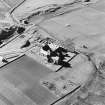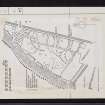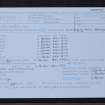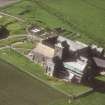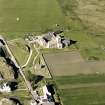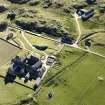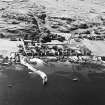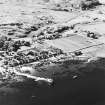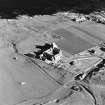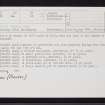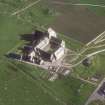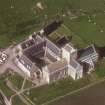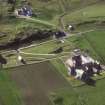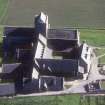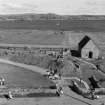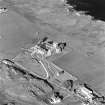Pricing Change
New pricing for orders of material from this site will come into place shortly. Charges for supply of digital images, digitisation on demand, prints and licensing will be altered.
Iona, Reilig Odhrain
Corn Drying Kiln (Period Unassigned), Cross Base (Early Medieval), Enclosure (Period Unassigned), Pit(S) (Period Unassigned), Post Hole(S) (Period Unassigned), Structure (Period Unassigned)
Site Name Iona, Reilig Odhrain
Classification Corn Drying Kiln (Period Unassigned), Cross Base (Early Medieval), Enclosure (Period Unassigned), Pit(S) (Period Unassigned), Post Hole(S) (Period Unassigned), Structure (Period Unassigned)
Canmore ID 21659
Site Number NM22SE 42
NGR NM 28605 24465
NGR Description Centred on NM 28605 24465
Datum OSGB36 - NGR
Permalink http://canmore.org.uk/site/21659
- Council Argyll And Bute
- Parish Kilfinichen And Kilvickeon
- Former Region Strathclyde
- Former District Argyll And Bute
- Former County Argyll
NM22SE 42 Centred on NM 28605 24465.
Excavation by Barber (1982) in 1979 north of Reilig Oran and east of the Street of the Dead exposed:
'A' (NM 2861 2447) A series of post-holes and pits probably dating from between the early 7th and 11th centurys AD.
'B' (NM 2861 2448) A ditched enclosure, pre-dating 'A' (1 on plan).
'C' (NM 2861 2448) 15 small post holes, medieval (2 on plan).
'D' (NM 2860 2445) A probable kiln, medieval (4 on plan).
'E' (NM 2860 2446) A cross-base, medieval (6 on plan).
'F' (NM 2860 2445) A grave-like pit of unknown date (3 on plan).
'G' (NM 2860 2446) A large shallow pit of unknown date (5 on plan).
J W Barber 1982.
The following objects from ditch 1 are dated to 540-90 AD:
Turned Alnus bowls of Early Historic type 2 (finds 301-3 and 447).
31 pieces of turning waste from bowls; 29 Alnus, 2 Salix. (Finds 447/68- 73, 75-78, 117-29, 221; 444/1; 449/24; 260/1-2, 12, 40; 473/1; 444/6). Stave of early historic type 1 tub (Abies sp.), find 449/8.
Fragmentary spoons (finds 444/22, 447/135, 187).
6 fragmentary spatulae of Pinus sp. (finds 444/4, 19-23).
Carved bung or stopper of Fraxinus excelsior (find 444/197).
The stave-built wooden vessels from Barber's excavations are directly comparable with contemporary Irish types; wooden bowls based on E-ware were also found.
C Earwood 1993.
Reference (1993)
The following objects from ditch 1 are dated to 540-90 AD:
Turned Alnus bowls of Early Historic type 2 (finds 301-3 and 447).
31 pieces of turning waste from bowls; 29 Alnus, 2 Salix. (Finds 447/68- 73, 75-78, 117-29, 221; 444/1; 449/24; 260/1-2, 12, 40; 473/1; 444/6). Stave of early historic type 1 tub (Abies sp.), find 449/8.
Fragmentary spoons (finds 444/22, 447/135, 187).
6 fragmentary spatulae of Pinus sp. (finds 444/4, 19-23).
Carved bung or stopper of Fraxinus excelsior (find 444/197).
The stave-built wooden vessels from Barber's excavations are directly comparable with contemporary Irish types; wooden bowls based on E-ware were also found.
C Earwood 1993.
External Reference (28 October 2011)
Scheduled as element within 'The monument known as St Mary's Abbey, Iona, monastic settlement [comprising] the remains of the large early historic monastic settlement founded by St Columba in AD 563, St Martin's Cross, and parts of medieval buildings associated with the Benedictine Abbey of St Mary founded around AD 1200.'
Information from Historic Scotland, scheduling document dated 28 October 2011.

























































